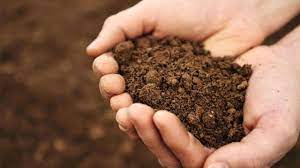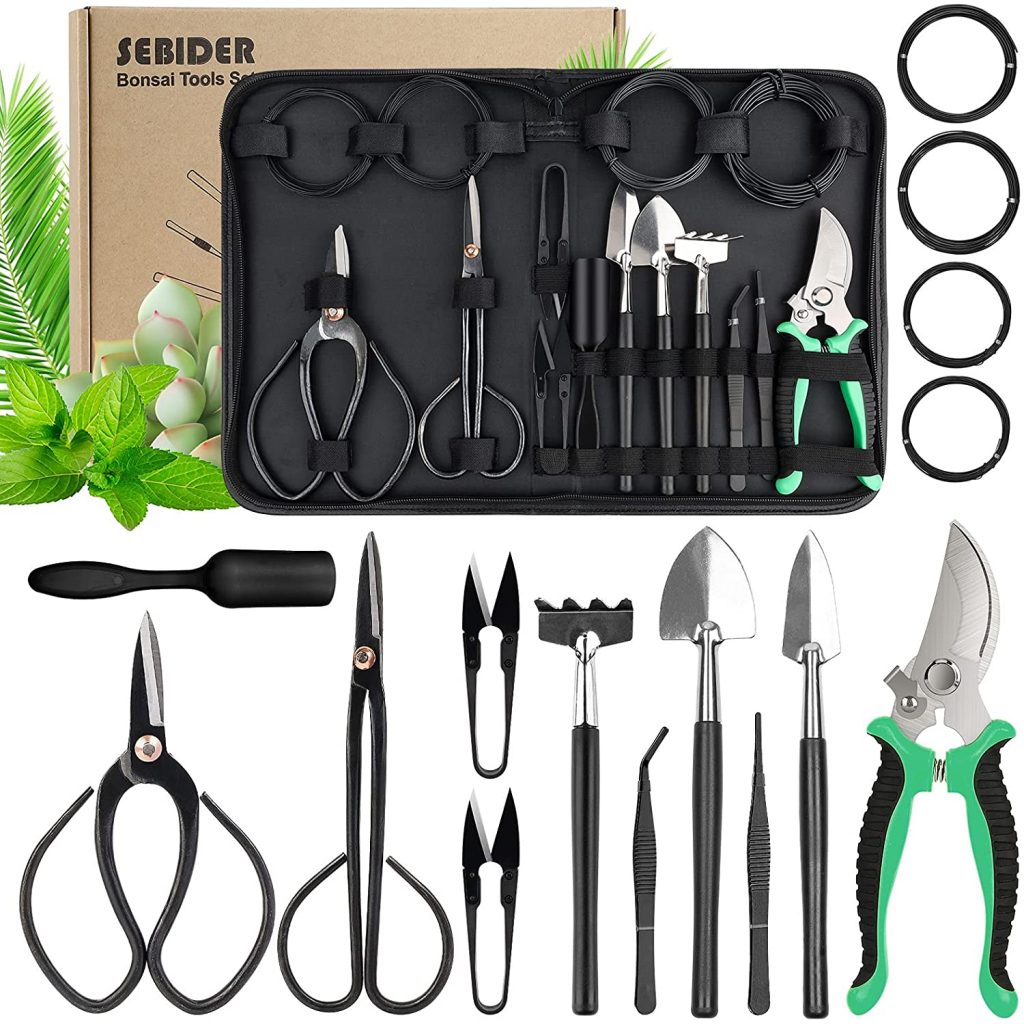The Ultimate Guide to Caring for Your Weeping Willow Bonsai: Tips and Tricks for a Thriving Tree
How to care for a weeping willow tree is important as they are a stunning addition to any garden or indoor space.
If you’re new to bonsai gardening or simply looking for some tips to take your weeping willow bonsai to the next level, you’ve come to the right place.
In this ultimate guide, we’ll explore everything you need to know about caring for your weeping willow bonsai tree, from selecting the right pot and soil to pruning and watering techniques that will help your tree thrive.
Whether you’re a seasoned bonsai hobbyist or a novice looking to learn more, this guide will give you the tools you need to keep your weeping willow bonsai healthy and beautiful for years to come. So sit back, grab a cup of tea, and let’s dive in!
Understanding the Needs of a Weeping Willow Bonsai
Before you can care for your weeping willow bonsai, it’s important to understand its unique needs. Weeping willow bonsai trees are known for their delicate foliage and graceful, trailing branches, but they can be somewhat finicky when it comes to their environment. Here are a few things you should keep in mind when caring for your weeping willow bonsai:
### Light
Weeping willow bonsai trees prefer bright, indirect light. They should be placed near a window that receives plenty of natural light, but not in direct sunlight. If your tree is not getting enough light, the leaves may turn yellow or fall off.
### Humidity
Weeping willow bonsai trees prefer a humid environment. You can increase humidity by placing a tray of water near the tree or by using a humidifier. Be sure to mist the leaves regularly to keep them moist.
### Temperature
Weeping willow bonsai trees prefer temperatures between 60 and 75 degrees Fahrenheit. They should be kept away from drafts and extreme temperatures, which can cause stress and damage to the tree.
### Soil
Weeping willow bonsai trees prefer well-draining soil that is slightly acidic. A mix of peat moss, perlite, and sand is a good choice for your tree.
### Watering
Weeping willow bonsai trees require consistent watering. The soil should be kept moist but not waterlogged. Be sure to check the soil regularly and water when it feels dry to the touch.
Choosing the Right Soil for Your Weeping Willow Bonsai
The right soil is crucial for the health of your weeping willow bonsai tree. Here are a few things to keep in mind when selecting soil for your tree:
### Drainage
Weeping willow bonsai trees require well-draining soil to prevent water from accumulating around the roots. Look for soil that includes perlite or sand to improve drainage.
### Acidity
Weeping willow bonsai trees prefer slightly acidic soil. A pH level between 6.0 and 6.5 is ideal for your tree.
### Nutrients
Weeping willow bonsai trees require nutrients to grow healthy and strong. Look for soil that includes organic matter or add fertilizer to the soil to provide the necessary nutrients.
### Sterility
Weeping willow bonsai trees are susceptible to disease, so it’s important to use sterile soil to prevent the growth of harmful bacteria and fungus.

Watering and Fertilizing Your Weeping Willow Bonsai
Proper watering and fertilizing are essential to the health of your weeping willow bonsai tree. Here are a few tips to keep in mind:
### Watering
Weeping willow bonsai trees require consistent watering to stay healthy. Water your tree when the soil feels dry to the touch, but be careful not to overwater. Overwatering can lead to root rot and other issues.
### Fertilizing
Weeping willow bonsai trees require regular fertilization to provide the necessary nutrients for growth. Use a balanced fertilizer every two weeks during the growing season, and reduce fertilization during the dormant season.
### Timing
Water and fertilize your weeping willow bonsai tree in the morning to allow the soil to dry before nightfall. Wet soil can attract pests and lead to disease.
Pruning and Shaping Your Weeping Willow Bonsai
Pruning and shaping your weeping willow bonsai tree is essential to maintain its shape and encourage healthy growth. Here are a few tips to keep in mind:
### Timing
Prune your weeping willow bonsai tree during the dormant season (late fall to early spring) when the tree is not actively growing. This will help to minimize stress on the tree.
### Tools
Use sharp, clean pruning shears to avoid damaging the tree. Sterilize your tools between uses to prevent the spread of disease.
### Techniques
When pruning your weeping willow bonsai tree, focus on removing dead, damaged, or diseased branches. You can also shape the tree by trimming back excess growth and encouraging the tree to grow in a specific direction.

Repotting Your Weeping Willow Bonsai
Repotting your weeping willow bonsai tree is necessary every two to three years to prevent the roots from becoming root-bound. Here are a few tips to keep in mind:
### Timing
Repot your weeping willow bonsai tree during the dormant season (late fall to early spring) when the tree is not actively growing. This will help to minimize stress on the tree.
### Process
To repot your weeping willow bonsai tree, gently remove it from its current pot and shake off excess soil. Trim back any dead or damaged roots and place the tree in a new pot with fresh soil.
### Size of the Pot
Choose a pot that is slightly larger than the current one to allow for growth, but not too large that the tree will drown in the soil.
Common Pests and Diseases of Weeping Willow Bonsai
Weeping willow bonsai trees are susceptible to a variety of pests and diseases. Here are a few to look out for:
### Pests
Common pests that can affect your weeping willow bonsai tree include spider mites, scale insects, and aphids. Look for signs of infestation, such as discolored leaves or sticky residue on the leaves.
### Diseases
Weeping willow bonsai trees are susceptible to root rot, fungal infections, and bacterial diseases. Signs of disease include wilting leaves, discoloration, and a foul odor.
### Prevention
To prevent pests and diseases, make sure your weeping willow bonsai tree is in a healthy environment with proper soil, light, and watering. Inspect your tree regularly for signs of infestation or disease, and take action immediately if you notice any issues.

Tips for Displaying and Caring for Your Weeping Willow Bonsai
Once you’ve mastered the basics of caring for your weeping willow bonsai tree, it’s time to show it off! Here are a few tips for displaying and caring for your tree:
### Location
Display your weeping willow bonsai tree in a location that receives bright, indirect light and is free from drafts and extreme temperatures.
### Humidity
Increase humidity around your weeping willow bonsai tree by placing a tray of water nearby or using a humidifier. Be sure to mist the leaves regularly to keep them moist.
### Display
Use a decorative pot or stand to display your weeping willow bonsai tree. You can also add small figurines or rocks to create a natural landscape around the tree.
### Care
Continue to care for your weeping willow bonsai tree by watering and fertilizing regularly, pruning and shaping as needed, and inspecting for pests and diseases.
Frequently Asked Questions About Weeping Willow Bonsai Care
### Q: How often should I water my weeping willow bonsai tree?
A: Water your weeping willow bonsai tree when the soil feels dry to the touch.
### Q: How often should I fertilize my weeping willow bonsai tree?
A: Fertilize your weeping willow bonsai tree every two weeks during the growing season, and reduce fertilization during the dormant season.
### Q: How do I know if my weeping willow bonsai tree is getting enough light?
A: Your weeping willow bonsai tree should be placed near a window that receives plenty of natural light, but not in direct sunlight. If the leaves start to turn yellow or fall off, your tree may not be getting enough light.
### Q: What should I do if I notice pests or disease on my weeping willow bonsai tree?
A: Take action immediately if you notice pests or disease on your weeping willow bonsai tree. Remove any affected leaves or branches and use an appropriate pesticide or fungicide to treat the issue.
Conclusion: Enjoying the Beauty of Your Thriving Weeping Willow Bonsai
Caring for your weeping willow bonsai tree can be a rewarding hobby, and with the right tools and techniques, you can enjoy a beautiful, thriving tree for years to come. Remember to focus on providing the right environment, soil, and nutrients for your tree, as well as regular pruning and shaping. With a little patience and care, you’ll be rewarded with a stunning addition to your home or garden.

